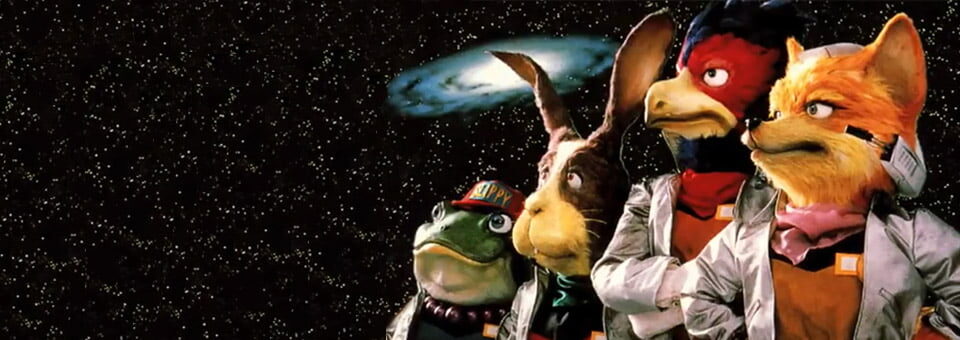After years of continued demands from gamers demanding a new Star Fox game Nintendo finally provided a new entry in the long running series, yet what gamers wanted wasn’t what they received, from a certain point of view.
Star Fox games have tended to have had an innovative/unique element that makes them stand out from its contemporaries. They have also shared a similar progression route and story; for Miyamoto this has not been the main focus of the games (or even his other games) as the way that player is able to interact with the game is regarded as the core of the experience.
The original Star Fox was a polygonal (3D) video game at a time where such a visual style was very rare, especially on a console, and despite its rudimentary design, was astonishing for the time. This meant that the player was navigating within a 3D space (despite limited linear control) rather than via a 2D plane. Star Fox 2 would have taken this further, but with the forthcoming release of the Nintendo 64 saw the release cancelled and its many new ideas incorporated into later titles, and its design features influencing other Nintendo titles such as Super Mario 64. Star Fox 64 (or Lylat Wars as it was known in Europe) greatly improved upon the 3D graphics on display, but this was not the most innovative feature; Star Fox 64 was one of the first games to support rumble feedback from the controller via the “Rumble Pak”. This helped bring a new dimension to the game, despite being optional, and provided the player with another sensory attachment to the game, thereby altering the experience. The inclusion of rumble feedback was highly successful and has been included as standard in every included controller for home consoles since (with the exception of Sony’s initial PlayStation 3 controller the “Sixaxis”).
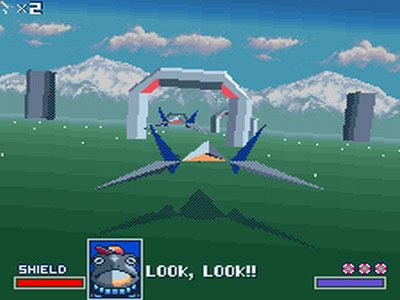
Star Fox Zero (the latest entry in the series) only exists because Miyamoto saw it as an opportunity to utilise the Wii U’s unique implementation of a second screen on its GamePad controller (as well as the motion controls). If it could not do something new, then to him a new Star Fox game was not worth making. Star Fox (especially Zero) is odd then, in that the use of the same characters, bringing back the original voice cast, the same music, level designs and even credit sequence, are there almost exclusively to invoke nostalgia. Yet its gameplay is something very new, almost as if the nostalgia is needed to support and familiarise players into accepting the new.
This has not exactly worked, as there has been a backlash by fans wanting an “authentic” experience, not one that just tries to replicate elements of what fans remember from their childhood. Except given the relatively brief history of the video games medium, it could be seen that the audience has a short memory, for Nintendo has already appealed to the nostalgic desires of fans by releasing a version of Star Fox 64 with updated graphics and features (such as a proper save function) for its 3DS handheld, with the release of Star Fox 64 3D. Yet a complaint found in some of the reviews criticised it for being too similar to the original and that there was not enough new material. This identified that fans did not want the exact same experience, but instead one that is reminiscent of the familiar, yet simultaneously providing a new one. Zero was released almost five years later and could be seen as an attempt to address these concerns. This was possibly a consideration for Platinum Games who co-developed the latest game with Nintendo, having forged a closer relationship with the development of Bayonetta 2, and is now gaining a reputation for creating quality games out of nostalgic franchises.
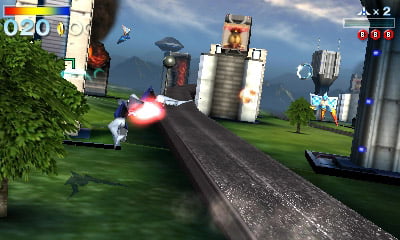
With Star Fox Zero Nintendo appear to have fallen into the same situation that George Lucas found himself in throughout the release of the Star Wars prequels. In both cases the series’ were brought back only when the creator concluded that technology was available to achieve their new vision. This meant embracing a shift in approach that was received by some to detract from the original, despite retaining many elements that connects to the original entries. Whilst both series’ were led (in this instance) by the original creators, ownership could now seem as if they have transferred to the fans instead, or at least that is the impression perceived by the fans. Many consider themselves the “authority” on how the series’ should continue.
Although it can be claimed that both creators had ulterior motives influencing their decisions, and ultimately impacting upon the form that their creations took. George Lucas wanted to move cinema technology forward and away from the reliance on what he saw as a century old technological method, and instead explore what could be done with digital technology. Likewise, Miyamoto wanted to demonstrate the potential of the under-utilised GamePad controller for the Wii U and provide a new way to play video games – whether fans wanted it or not. But Zero is also the first time since Super Mario 64 that he is credited as a director (albeit “supervising director”); the first time in 20 years. Illustrating that Miyamoto’s decisions for the game were important to him, he mentioned during an interview that “[he] was the one who originally said he wanted to make Star Fox” and that “[he] had no choice but to decide how it was going to be made”.
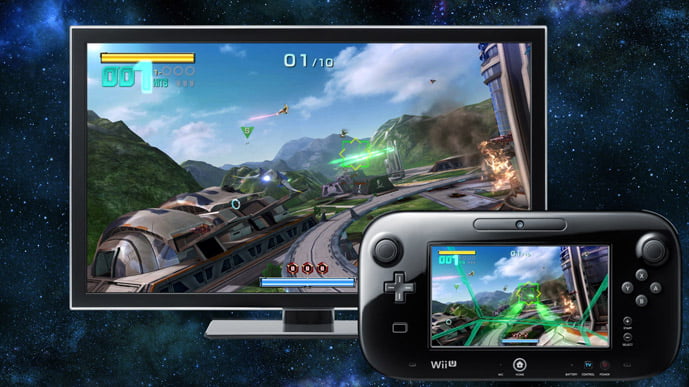
There are of course differences between these two examples; the Star Wars prequels can be seen as being stylistically different to the original trilogy (both trilogies have pushed technology) leaving behind stylistic elements that some consider essential to the look of the series, whereas Star Fox Zero retains the majority of its stylistic features (almost to a fault) but its design is considerably different. In addition to new functions and vehicles, it is the use of the two different screens simultaneously combined with the motion controls that separate it from previous entries, which in turns affects how the missions are approached.
Miyamoto might want to take his games forward via utilising new gameplay methods, but he is aware of the cache of nostalgia and the importance of its inclusion in his games. This is notable with the eventual release of Star Fox Guard alongside Star Fox Zero (and included in the limited edition). Star Fox Guard was previously known as Project Guard and was one of Miyamoto’s tech demos that he had shown at previous E3 press events, and was created to show off the benefits of the Wii U’s unique control scheme. Guard now takes place in the same “universe” as the Star Fox titles with characters and locations now present and informing the games backstory, despite sharing no gameplay similarities with any of the other titles. Whilst injecting a new title into an existing series’ universe does not detract from the core game in this instance, it also does not add much. Stylistically it might have benefitted from having its own style, therefore it comes across as a financial decision to turn it into a “Star Fox game”, and market it as a companion piece to Zero, to help generate more sales. Conversely was there a lack of confidence in the saleability of Guard and that by utilising a nostalgic shell meant that a video game with a new core could be given a better chance in a difficult market (especially given Nintendo’s struggle of promoting the Wii U)?
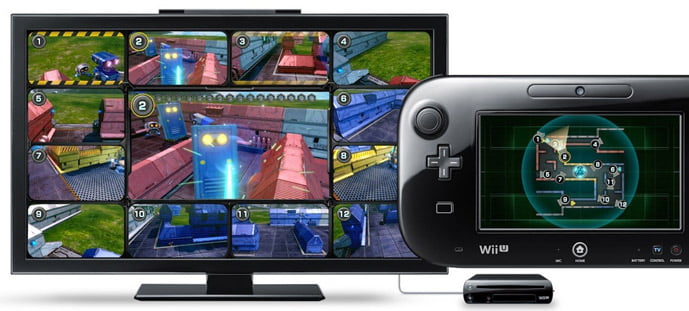
Star Fox Zero has received a considerable number of mixed reviews (unusual for a core Nintendo game), the main criticism being the control method. Is this targeted because it is different to previous entries, because it is not very good, or maybe a combination of the two? Regardless, the control scheme does not allow for instant pick up play that many Nintendo games are known for. Like Nintendo’s most recent new IP from last year, Splatoon, the control scheme does take getting used to. But once it becomes familiar it can result in something truly unique. For me it providing an exhilarating experience where I was having to make use of all the different elements of the game, interacting within a digital space in a way I had not done so before.
Star Fox Zero for now will unfortunately not be remembered fondly, not just because of review scores, as many players have had similar experiences. With Zero Miyamoto has inadvertently created a niche game. One where the barriers of entry are higher than usual, but the reward from a sense of personal satisfaction can also be high. If this a different game, would the criticism be the same? Would a new IP be praised for also having a unique means of interaction, or would it too be criticised? Maybe it would just fall into obscurity. In addition, would a Star Fox game that did play like previous entries provide the experience fans want? Or would they just complain that it did not do anything new?
